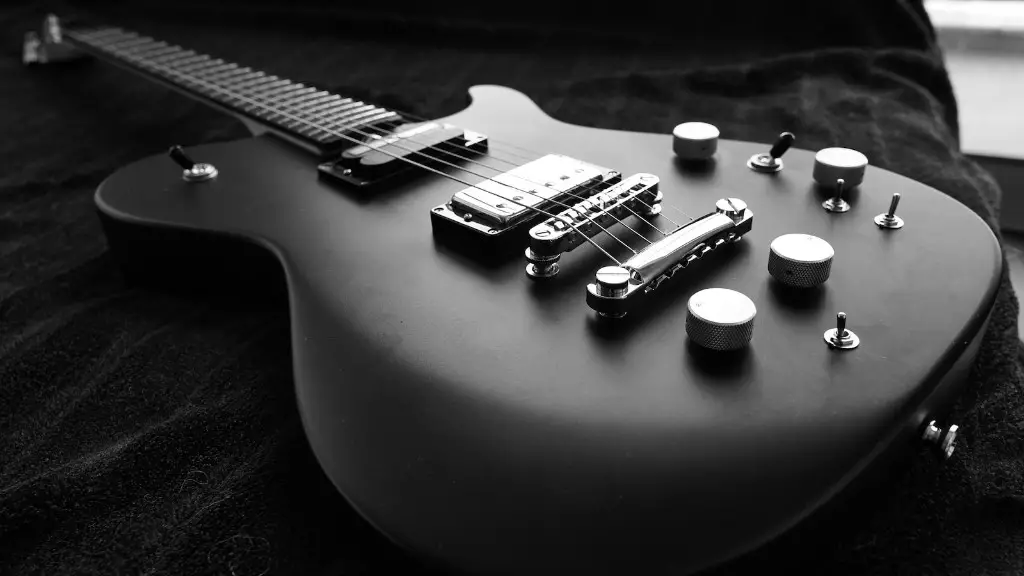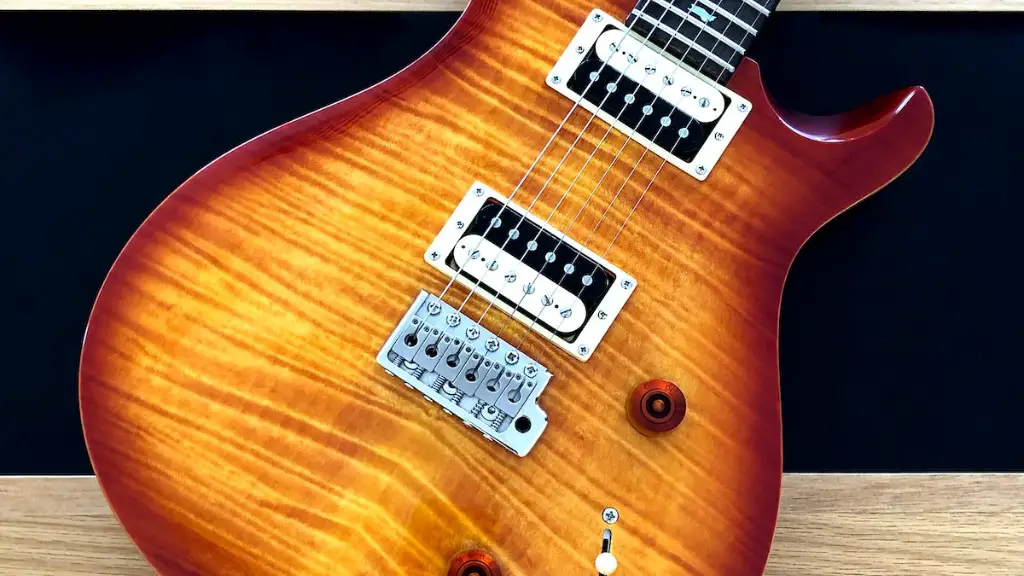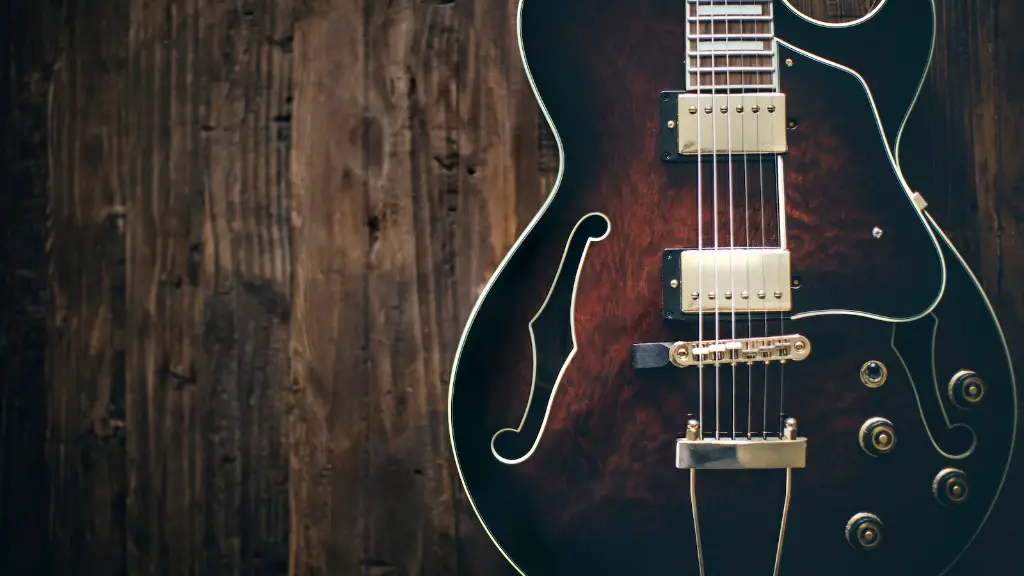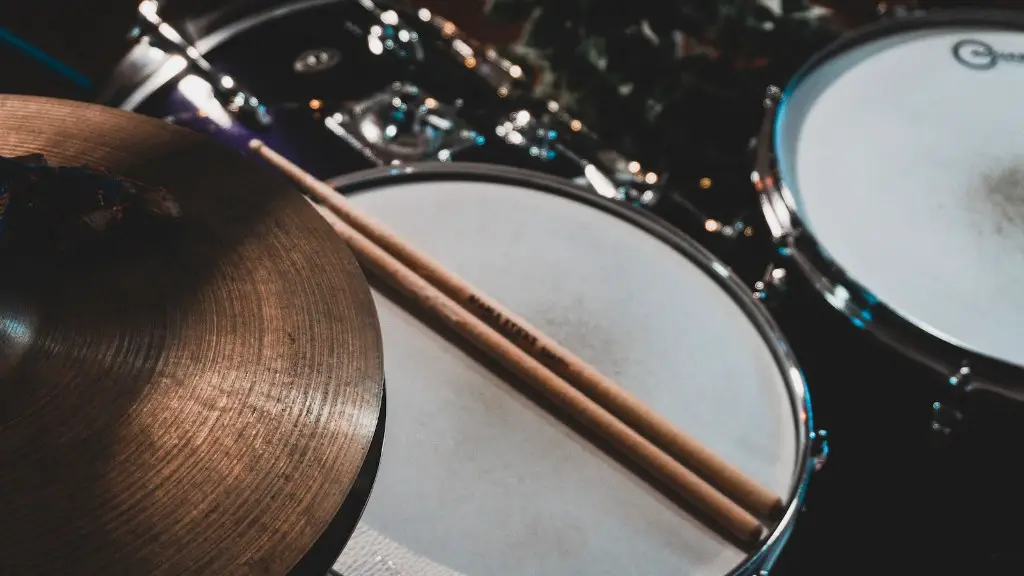Playing electric guitar chords is an essential part of learning to play the guitar. For beginners, it can be an intimidating task.
Fortunately, it is not as hard as it looks and with the right practice and dedication, you can become a master electric guitarist in no time! The key is to learn how to transition between chords and how to use them to create powerful riffs and melodies.
To get started, you will need to familiarize yourself with the different types of chords available on the electric guitar. You should also learn about basic music theory and understand how chords are constructed. Once you have a good understanding of these fundamentals, you can start practicing your chord transitions and building up your repertoire of popular electric guitar riffs!
Practice makes perfect when it comes to playing electric guitar chords. Set aside some time each day for practice and focus on mastering one chord at a time. Before long, you will be able to play almost any song on your electric guitar with ease!
Basic Chords and Strumming Patterns
Playing electric guitar can be daunting for novice players, but with a few basic chords and strumming patterns you can quickly begin making music. Start by learning the three main open chords—A, E, and D major. These are the most commonly used chords in popular tunes. Once you have these down, you can begin practicing your strumming. Aim to use a steady rhythm and alternate between downstrokes and upstrokes. It’s important to practice your timing as much as possible so that your playing is precise. Listen to music to get a sense of what sounds good. Experiment with different speeds and rhythms to find the sound that works best for you. As your skills improve, add more complex chords and varied strumming patterns for added depth to your playing. With consistent practice, you’ll soon be ready for more advanced techniques such as hammer-ons and pull-offs!
Mastering the Basics of Chord Progressions
Learning how to play electric guitar chords for beginners can be a daunting task. It requires patience and practice to understand the basic concepts and get comfortable with playing chords. However, mastering the basics of chord progressions is essential for any aspiring guitarist. Chord progressions are series of chords that are played in succession, often forming the basis of a song or piece of music.
Chords consist of two or more notes played together, and each one has its own sound and character. Learning how to identify and play these chords is an important part of learning to play guitar. The best way to get started is by learning the most common chord progressions, such as I-IV-V, I-vi-IV-V, and I-IV-vi-V. Once you have a good understanding of these progressions, you can start experimenting with different combinations to create your own unique sound.
In addition to knowing how to play chords, it’s important to understand how they fit together in different musical contexts. This will help you create interesting chord progressions that are suitable for any genre or style of music. With practice and dedication, you’ll soon be able to master the basics of chord progressions and start creating your own music!
Understanding Key Signatures and Scales
Learning key signatures and scales is essential for electric guitar players. It helps you understand the relationships between chords, notes, and keys. Key signatures tell you which notes to play in a particular key and what type of scale to use. Scales are used to create melodies, riffs, and solos on the guitar. Knowing the basics of scales and keys can open up a whole new world of possibilities for your playing.
When beginning to learn about key signatures and scales, it’s important to understand the basic concepts first. You should familiarize yourself with major and minor chords, as well as other chord types like diminished, augmented, suspended, etc. Knowing how these chords are formed will help you understand how they relate to each other in various key signatures. It’s also important to practice playing scales on the guitar so that you can get comfortable with their sound and structure. Additionally, learning how to properly use different techniques such as hammer-ons, slides, bends, etc., can help give your playing more flavor. With practice and dedication you can begin to develop an understanding of how all of these elements fit together in any given key signature or scale.
Identifying Tones in Chords
Playing electric guitar chords can seem intimidating at first, but with practice and guidance anyone can learn to play them. When playing chords, it is important to be able to identify the tones within the chord. Tones are the individual notes that make up a chord and being able to recognize them will help you create musical variations.
The best way to learn tones is by playing various chords and listening for the individual notes. When playing a chord, focus on the sound of each note separately. Also, take time to experiment by changing one note at a time while keeping the other notes constant. This will allow you to identify how each note affects the overall sound of the chord.
It is also helpful to experiment with different voicings of a chord. Voicings are variations of a chord that use different combinations of tones. Changing voicings can give you access to different sounds and textures that can be used creatively in your music.
Finally, it’s important to remember that recognizing tones in chords takes practice and patience. Take your time and experiment with different combinations until you get familiar with how each tone sounds in relation to others. With enough practice, you’ll be able to confidently identify tones within chords!
Playing Rhythm in Electric Guitar
Playing rhythm guitar on electric guitar can be a great way to create an exciting and dynamic sound. Whether you’re playing blues, rock, or jazz, learning the basics of electric guitar chords and rhythm can open up a whole new world of musical possibilities. To get started, you’ll need to know some basic chords and how to play them with a steady rhythm.
When playing chords on electric guitar, it’s important to use your fingers in a specific way to ensure that the notes are clear and well-defined. Start by placing your index finger on the first fret of the string and then add additional fingers as needed to form the chord. Make sure you’re pressing firmly enough so that all of the strings ring out clearly.
Once you’ve mastered playing basic chords, it’s time to start strumming! Try using a combination of downstrokes and upstrokes for an interesting sound. Experiment with different strumming patterns such as eighth notes or triplets for a more complex look. You can also add accents or mute certain strings for added effect. Practice switching between chords while maintaining a steady rhythm, and you’ll soon have a great foundation for creating awesome electric guitar riffs!
Playing Electric Guitar Chords for Beginners
Learning to play electric guitar chords can be a daunting task for beginners. However, with patience and practice, anyone can master the basics of chord playing. The key is to start off slowly and build up your skills. To get started, familiarize yourself with the different types of chords and their finger positions. You can also learn how to strum different chords along with single notes. As you progress, try combining different string techniques such as hammer-ons, pull-offs and slides to create more complex sounds. With consistent practice and a little creativity, you’ll soon be able to play electric guitar chords like a pro.
When practicing chords, it’s important to remember that each one has its own unique sound. Make sure you take the time to listen and become familiar with the individual notes in each chord before attempting more complicated pieces. This will help you identify specific chords while playing and enhance your overall musicality. Have fun experimenting with various sounds and don’t be afraid to explore new ideas!
To Sum it All Up
Playing electric guitar chords can be tricky for beginners, but with practice and dedication, you can develop your skills as a musician. Start by getting familiar with the basics: how to hold the guitar, how to strum the strings, and how to read chord diagrams. Once you feel comfortable with these fundamentals, move on to more advanced chords and techniques. Make sure to take it slow and practice often in order to build your skills. You’ll also need to invest in a quality guitar that fits your style of playing and budget. With time, patience, and effort, anyone can learn how to play electric guitar chords.





